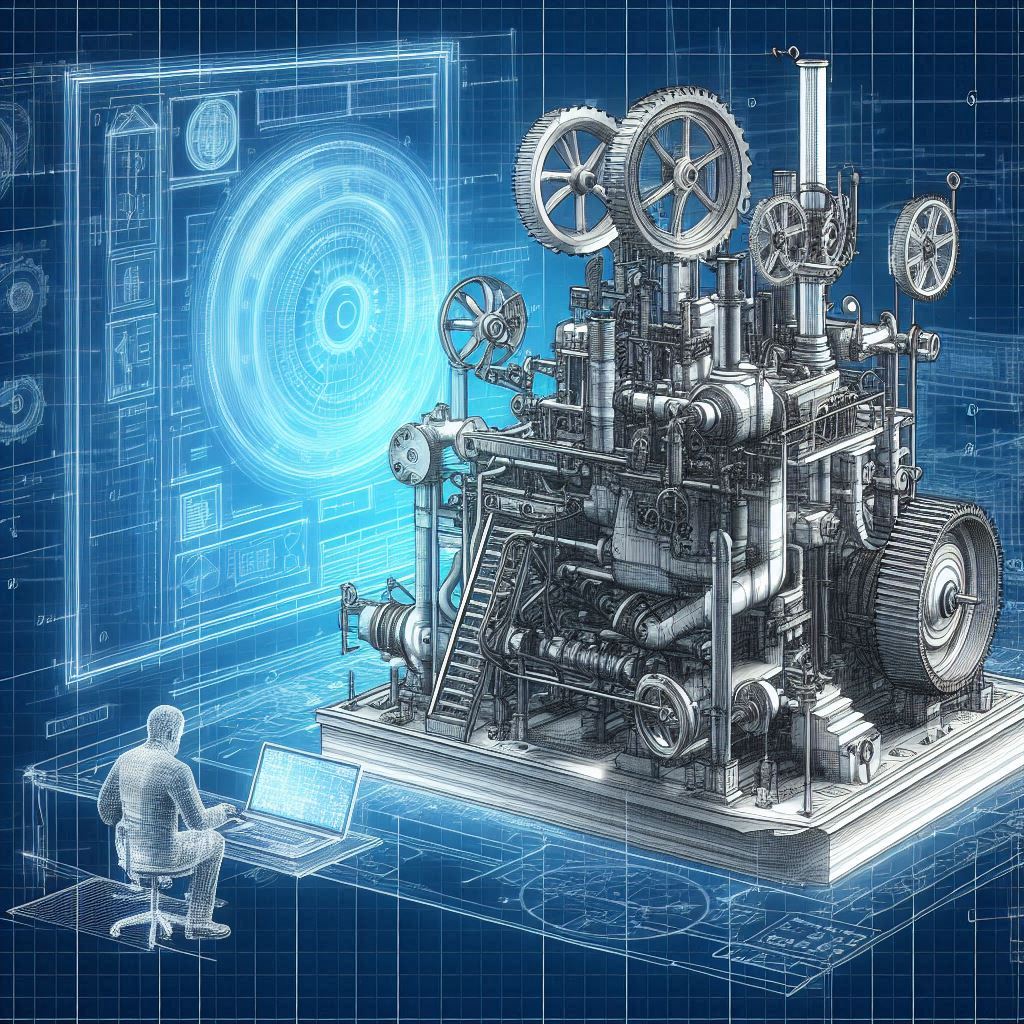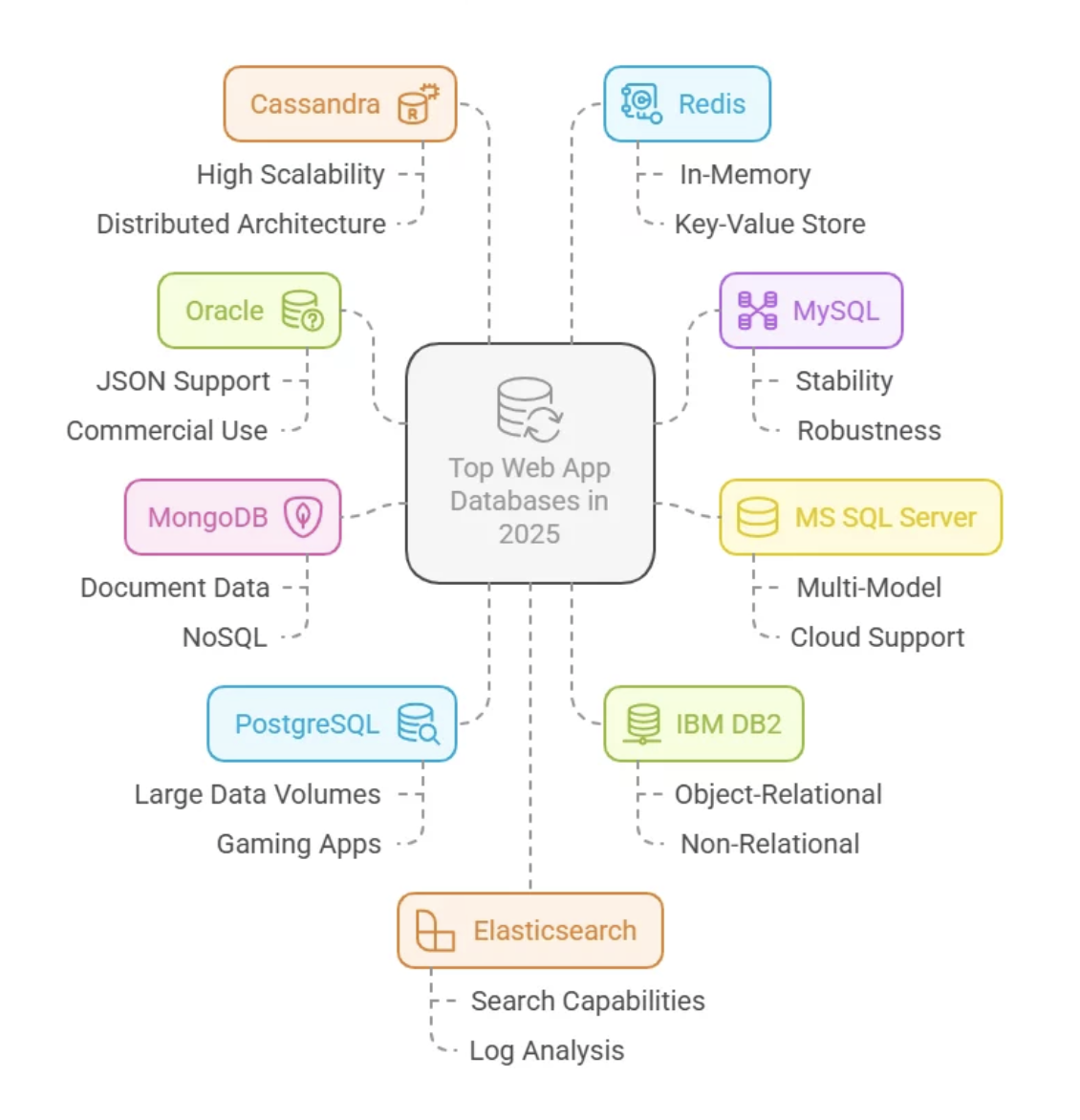Reverse Engineering a Legacy Tech Stack from the 90s
- 1 min read
Many businesses still rely on legacy software from the 90s, built with outdated programming languages and architectures. This article explores how engineers reverse-engineer these old systems, analyze their core components, and upgrade them for modern use without breaking functionality.

Introduction
Despite rapid advancements in software development, many industries still depend on legacy systems built in the 90s. These systems, often written in COBOL, Visual Basic, or early C++, continue to power banking, healthcare, and government infrastructure.
However, maintaining and upgrading such software is challenging due to outdated documentation, security risks, and compatibility issues. In this article, we explore how engineers reverse-engineer old tech stacks and modernize them without disrupting core functionality.
1. Understanding the Legacy System
The first step in modernizing an old tech stack is to analyze its architecture, dependencies, and limitations.
- Identify the programming language used (e.g., COBOL, Delphi, PowerBuilder).
- Check for documentation gaps—many older systems lack updated manuals.
- Use decompilers or disassemblers like Ghidra to inspect compiled binaries.
- Analyze database structures—many legacy systems rely on IBM DB2, Oracle 8i, or even MS Access.
2. Reverse Engineering the Codebase
Once the system is mapped out, engineers use reverse engineering techniques to understand the logic and dependencies.
- Static Code Analysis: Tools like Understand can help visualize code structure.
- Dynamic Analysis: Running the application in a sandbox environment allows for behavior monitoring.
- API Hooking: For software with limited source access, tools like Frida can intercept API calls to understand interactions.
3. Identifying Key Challenges
Modernizing a 90s tech stack isn’t just about rewriting code; it involves solving compatibility issues and reducing risks. Common challenges include:
- Security vulnerabilities: Many old stacks lack encryption and rely on outdated authentication methods.
- Hardware dependencies: Some systems were built for IBM AS/400 mainframes or 32-bit Windows NT environments.
- Proprietary software constraints: Some businesses rely on software that no longer has vendor support.
4. Choosing the Right Modernization Approach
Depending on the complexity of the system, different modernization strategies can be applied:
✅ Refactoring
- Best for systems with manageable technical debt.
- Involves restructuring the code while maintaining existing functionality.
- Tools like SonarQube help detect code smells and vulnerabilities.
✅ Replatforming
- Moving an application to a new runtime environment while keeping most of its structure intact.
- Example: Migrating a Visual Basic 6 desktop application to .NET Core.
- Can be automated with tools like AppZero.
✅ Rebuilding
- When code is too outdated, a full rebuild using modern frameworks may be the best option.
- Example: Replacing an old COBOL banking system with a Python- or Java-based cloud application.
- Requires complete feature replication and data migration strategies.

5. Success Stories: Legacy Tech Transformations
Many well-known companies have successfully modernized their outdated systems while maintaining business continuity.
- Netflix: Originally built on monolithic Java applications, Netflix transitioned to a microservices-based architecture.
- Bank of America: Replaced legacy COBOL-based mainframes with modern cloud-based infrastructure.
- NASA: Upgraded Voyager’s 1970s-era FORTRAN code to ensure the spacecraft remains operational.
Conclusion
Reverse engineering 90s-era tech stacks is both a technical and strategic challenge. Whether refactoring, replatforming, or rebuilding, engineers must carefully analyze, plan, and execute the migration while preserving core functionality.
If you’re working with a legacy system and unsure where to start, tools like Google Cloud's Legacy Modernization Suite can help assess the best path forward.

Best Databases for Web and Mobile Applications in 2025
This article explores the top 15 database management systems (DBMS) for web and mobile app development in 2025, offering insights into both SQL and NoSQL options